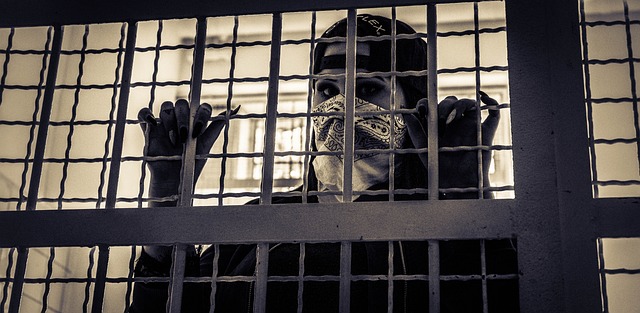Rural and urban areas face distinct challenges in tackling Youth DUI, driven by differences in population density, public transport, and available resources. Rural regions with lower densities struggle with limited budgets and fewer educational resources, opting for community-focused strategies like workshops and peer mentorship. Urban centers, burdened by heavier traffic and youth-centric entertainment, employ high-tech solutions, strict ID enforcement, and youth-led campaigns. Effective Youth DUI Prevention Programs require tailored approaches, leveraging urban strengths (e.g., tech, diverse organizations) and rural advantages (e.g., strong community ties, local influences) to engage teens and deter impaired driving.
In the debate over DUI (driving under the influence) laws, a stark contrast exists between rural and urban jurisdictions. This article explores these disparities, focusing on how youth DUI prevention programs adapt to unique challenges in each setting. Understanding the key differences in legislation is crucial for developing effective strategies. We delve into specific programs that target at-risk youth in both environments, offering insights into successful prevention approaches. By examining these distinctions, we aim to enhance overall safety and inform youth DUI prevention efforts.
- Understanding Rural and Urban DUI Laws: Key Differences
- Youth DUI Prevention Programs in Rural vs Urban Areas
- Strategies for Effective Youth DUI Prevention Across Different Settings
Understanding Rural and Urban DUI Laws: Key Differences

In rural areas, DUI laws often reflect the region’s unique characteristics, such as lower population densities and more limited access to public transportation. As a result, penalties for driving under the influence may vary significantly from urban centers. For instance, while all states have strict legal blood alcohol limits (typically 0.08%), rural jurisdictions might enforce these limits more strictly due to concerns over longer response times for emergency services in remote areas.
In contrast, urban regions face distinct challenges, including higher traffic volumes and a greater prevalence of youth-focused entertainment venues. Consequently, urban DUI laws frequently incorporate innovative approaches like enhanced license suspensions for repeat offenders and stricter penalties targeting underage drinking and driving. Moreover, many urban areas have implemented successful Youth DUI Prevention Programs to educate young people about the dangers of impaired driving, leveraging community engagement and technology to reinforce these critical safety messages.
Youth DUI Prevention Programs in Rural vs Urban Areas

In rural areas, where populations are often smaller and more dispersed, Youth DUI Prevention Programs tend to be less robust compared to their urban counterparts. This disparity can lead to fewer resources dedicated to education, awareness, and enforcement. Consequently, rural communities may face unique challenges in addressing the issue of underage drinking and driving. Programs that successfully engage teens in these areas often focus on building strong community ties, leveraging local influences, and utilizing creative outreach methods to capture the attention of young people.
In contrast, urban centers benefit from larger budgets and a broader range of intervention strategies. Youth DUI Prevention Programs in urban settings can incorporate high-tech solutions like mobile apps, social media campaigns, and interactive workshops into their repertoire. These programs often tap into existing youth organizations, schools, and community centers to reach a wider audience. Additionally, urban areas can more easily coordinate with law enforcement agencies and other city departments to implement comprehensive strategies targeting underage drinking and driving.
Strategies for Effective Youth DUI Prevention Across Different Settings

In rural and urban settings, Youth DUI Prevention Programs require tailored strategies to address unique challenges. Rural areas often face limited access to resources and higher rates of isolated driving, necessitating programs that focus on community engagement and education. Workshops, parent involvement, and peer-to-peer mentorship can be powerful tools to raise awareness about the dangers of underage drinking and driving. On the other hand, urban environments present distinct challenges such as heavy traffic, higher concentration of alcohol outlets, and easier access to vehicles. Prevention programs in cities should emphasize targeted interventions like random breath tests, strict enforcement of ID laws, and youth-led advocacy campaigns to reduce the allure of risky behavior. By tailoring these initiatives to the specific needs and circumstances of each setting, communities can more effectively combat Youth DUI.
In understanding the distinct challenges faced by rural and urban communities regarding Youth DUI Prevention Programs, it’s evident that tailored strategies are essential. While rural areas may struggle with limited access to resources and transportation, urban centers grapple with higher youth mobility and exposure to alcohol-centric culture. Effective prevention across different settings lies in community engagement, education, and implementing innovative solutions like peer mentorship programs and technology-driven interventions. By addressing these disparities, we can create a safer environment for young individuals, reduce DUI incidents, and ultimately save lives.






